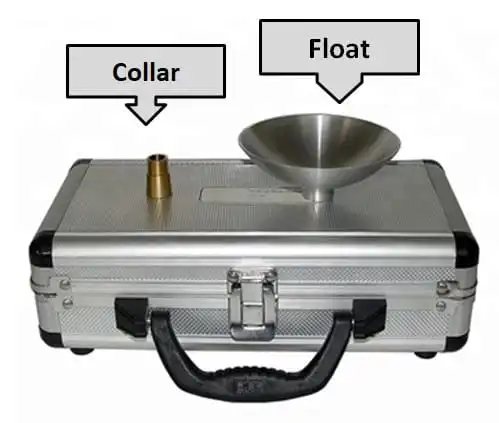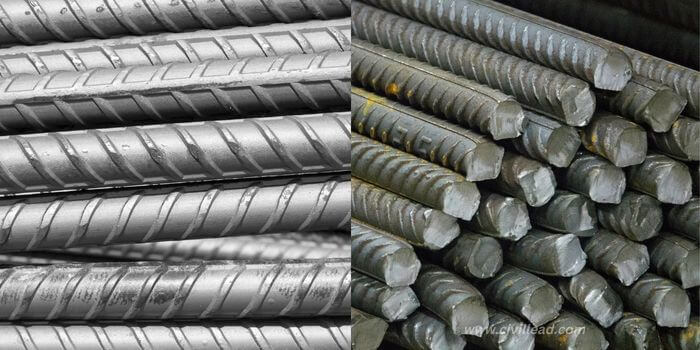Learn all about the various types of aggregates used in construction. This detailed article covers natural aggregates, crushed rock aggregates, artificial aggregates, recycled aggregates, and more. Find out how they are classified based on source, unit weight, size, and shape. Gain valuable insights to make informed decisions for your construction projects.
Introduction:
In construction, aggregates play a crucial role as they form the foundation of concrete and other building materials. Understanding the different types of aggregates available and their characteristics is essential for construction professionals and anyone involved in building projects. This comprehensive guide will delve into the various types of aggregates, their sources, unit weights, sizes, and shapes, providing valuable knowledge to enhance your construction expertise.
Types of Aggregates:
A. Types of Aggregates According to Source:
- Natural Aggregates:
Natural aggregates are derived from natural resources and are widely used in construction due to their availability and cost-effectiveness. Common examples include sand, gravel, and crushed stone. These aggregates are formed through geological processes over time and have specific physical properties that make them suitable for various construction applications. LSI Keywords: natural aggregates, sand, gravel, crushed stone, geological processes. - Crushed Rock Aggregates:
Crushed rock aggregates are produced by crushing large rocks into smaller pieces. They offer excellent durability and angularity, making them ideal for high-strength concrete and road construction. Crushed rock aggregates are often obtained from quarries and come in different sizes to suit specific construction needs. LSI Keywords: crushed rock aggregates, durability, angularity, high-strength concrete, road construction, quarries. - Artificial Aggregates:
Artificial aggregates, also known as manufactured aggregates, are human-made materials designed to mimic the properties of natural aggregates. They are produced using industrial processes and waste materials, reducing the environmental impact and conserving natural resources. Common examples include expanded clay, sintered fly ash, and recycled concrete aggregates. LSI Keywords: artificial aggregates, manufactured aggregates, expanded clay, sintered fly ash, recycled concrete aggregates, environmental impact. - Recycled Aggregates:
Recycled aggregates are obtained from processing construction and demolition waste materials. By reusing these materials, construction projects can significantly reduce waste and minimize environmental impact. Recycled aggregates can be used for various applications, including road base, drainage, and landscaping. LSI Keywords: recycled aggregates, construction and demolition waste, environmental impact, road base, drainage, landscaping.
B. Types of Aggregates According to Unit Weight:
Unit weight, also known as bulk density, is an essential property that determines the compactness and workability of aggregates in construction. Aggregates are classified into three categories based on unit weight:
- Lightweight Aggregates:
Lightweight aggregates have a low unit weight, making them suitable for applications where reducing the overall weight is crucial. They are commonly used in precast concrete blocks, insulation concrete, and lightweight structural elements. LSI Keywords: lightweight aggregates, low unit weight, precast concrete blocks, insulation concrete, lightweight structural elements. - Normal Weight Aggregates:
Normal weight aggregates have a unit weight ranging from 1520 kg/m³ to 1680 kg/m³. These aggregates are widely used in most construction projects, including building foundations, concrete mixtures, and road construction. LSI Keywords: normal weight aggregates, unit weight, building foundations, concrete mixtures, road construction. - Heavyweight Aggregates:
Heavyweight aggregates have a high unit weight, typically exceeding 2080 kg/m³. They are used in specialized applications where high density is required, such as in radiation shielding, counterweights, and heavyweight concrete. LSI Keywords: heavyweight aggregates, high unit weight, radiation shielding, counterweights, heavyweight concrete.
C. Types of Aggregates According to Size:
Aggregates are also classified based on their particle sizes, as the size distribution affects the properties of concrete and other construction materials.
- Coarse Aggregates:
Coarse aggregates consist of particles greater than 4.75 mm in size and play a vital role in providing strength and stability to concrete. They are commonly used in foundations, road base, and concrete structures. LSI Keywords: coarse aggregates, particle size, strength, stability, foundations, road base, concrete structures. - Fine Aggregates:
Fine aggregates comprise particles smaller than 4.75 mm and are primarily used to fill the voids between coarse aggregates. They enhance the workability and finish of concrete and are essential for plastering and masonry works. LSI Keywords: fine aggregates, particle size, workability, finish, plastering, masonry works.
4. Classification of Aggregates Based on Shape:
Aggregate particles come in various shapes, influencing the workability, strength, and durability of concrete.
- Angular Aggregates:
Angular aggregates have sharp edges and provide good interlocking properties, resulting in improved concrete strength. They are commonly used in heavy-duty concrete elements and road construction. LSI Keywords: angular aggregates, sharp edges, interlocking properties, concrete strength, heavy-duty concrete, road construction. - Rounded Aggregates:
Rounded aggregates have smooth surfaces, leading to better workability and reduced water demand in concrete mixtures. They are often used in decorative concrete elements and landscaping projects. LSI Keywords: rounded aggregates, smooth surfaces, workability, water demand, decorative concrete, landscaping. - Flaky Aggregates:
Flaky aggregates have elongated and flat shapes, which can lead to reduced workability and lower strength in concrete. Minimizing the use of flaky aggregates is crucial for producing high-quality concrete. LSI Keywords: flaky aggregates, elongated shapes, flat shapes, workability, concrete strength, high-quality concrete. - Elongated Aggregates:
Elongated aggregates have long and narrow shapes, which can affect the workability and uniformity of concrete. Properly grading the aggregates can mitigate the negative impact of elongated particles. LSI Keywords: elongated aggregates, long shapes, narrow shapes, workability, uniformity, grading. - Irregular Aggregates:
Irregular aggregates have shapes that do not fall into any specific category. While they may have varied effects on concrete properties, they are commonly used in non-structural concrete and fill applications. LSI Keywords: irregular aggregates, non-specific shapes, concrete properties, non-structural concrete, fill applications.
Conclusion:
Understanding the various types of aggregates used in construction is vital for anyone involved in the building industry. Natural aggregates, crushed rock aggregates, artificial aggregates, and recycled aggregates each have their unique properties and applications. Additionally, considering factors like unit weight, particle size, and shape ensures the right aggregate selection for specific construction needs. By making informed choices about aggregates, construction professionals can optimize the performance and durability of their projects.
FAQs:
- What is the primary purpose of aggregates in construction?
Aggregates in construction act as fillers and binders, providing the bulk and strength to concrete and other building materials. - Are natural aggregates eco-friendly?
Yes, natural aggregates obtained from sustainable







